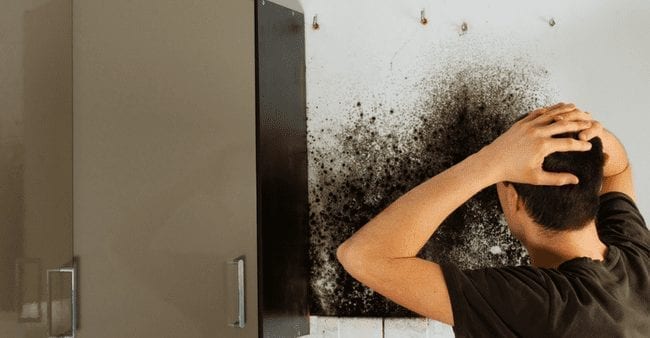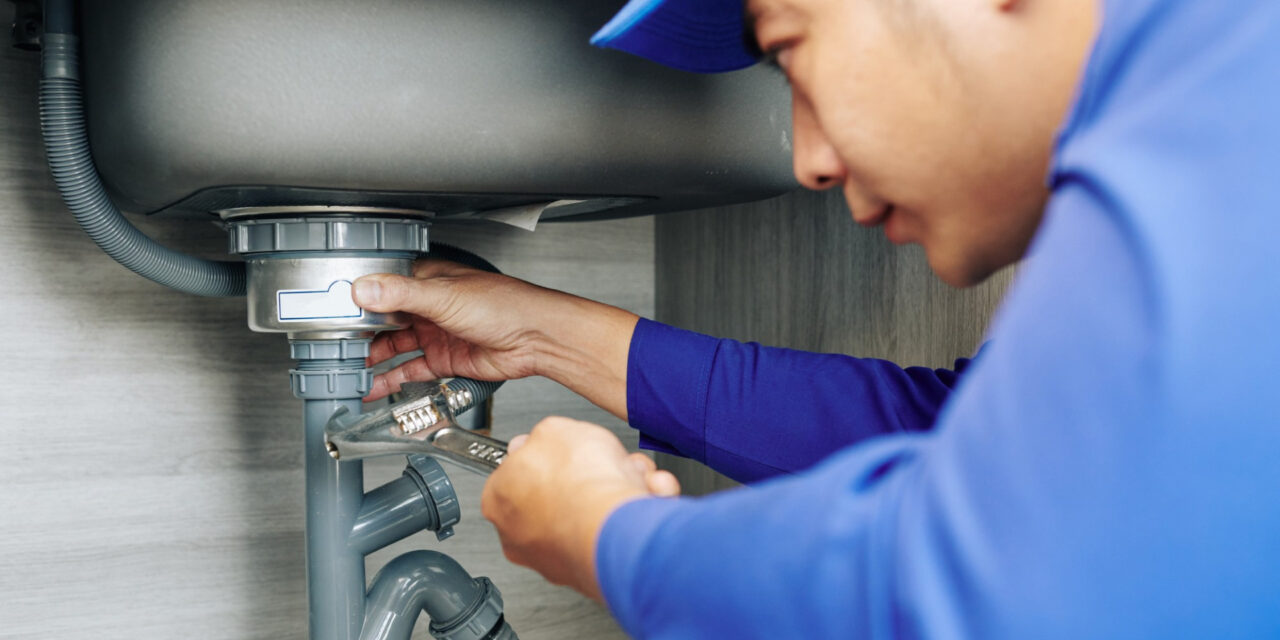This post following next involving Locating water leaks is totally entertaining. Read on and draw your own results.

Early detection of leaking water lines can mitigate a possible calamity. Some small water leaks might not be noticeable.
1. Take A Look At the Water Meter
Inspecting it is a surefire means that aids you find leaks. If it relocates, that shows a fast-moving leak. This suggests you might have a sluggish leakage that might also be underground.
2. Inspect Water Intake
Examine your water bills and also track your water consumption. As the one paying it, you should observe if there are any type of discrepancies. If you spot sudden changes, despite your intake coinciding, it indicates that you have leakages in your plumbing system. Bear in mind, your water expense must fall under the same variety monthly. An unexpected spike in your expense shows a fast-moving leakage.
On the other hand, a consistent increase every month, despite having the exact same habits, reveals you have a slow leakage that's also slowly rising. Call a plumber to thoroughly inspect your residential property, particularly if you really feel a warm area on your floor with piping beneath.
3. Do a Food Coloring Examination
When it comes to water usage, 30% originates from bathrooms. Examination to see if they are running correctly. Decrease specks of food shade in the tank and also wait 10 minutes. There's a leakage between the storage tank and also bowl if the shade somehow infiltrates your bowl throughout that time without flushing.
4. Asses Outside Lines
Don't neglect to check your outdoor water lines also. Ought to water seep out of the connection, you have a loose rubber gasket. One tiny leak can lose loads of water as well as increase your water costs.
5. Assess the situation and also inspect
Home owners ought to make it a behavior to check under the sink counters as well as also inside cabinets for any type of bad odor or mold and mildew development. These two red flags suggest a leakage so timely focus is required. Doing routine inspections, also bi-annually, can save you from a major trouble.
Much more importantly, if you recognize your house is already old, keep a watchful eye on your heaters, hoses, pipes etc. Look for discolorations as well as compromising as many devices and also pipes have a life expectancy. They will certainly likewise naturally deteriorate as a result of tear and put on. If you presume leaking water lines in your plumbing system, do not wait on it to escalate. Call a professional plumber right away so you do not end up with a dreadful mess in your home.
Early detection of dripping water lines can minimize a prospective disaster. Some small water leakages may not be visible. Examining it is a proven way that assists you find leakages. One little leak can lose bunches of water and spike your water bill.
If you think leaking water lines in your plumbing system, don't wait for it to escalate.
WARNING SIGNS OF WATER LEAKAGE BEHIND THE WALL
PERSISTENT MUSTY ODORS
As water slowly drips from a leaky pipe inside the wall, flooring and sheetrock stay damp and develop an odor similar to wet cardboard. It generates a musty smell that can help you find hidden leaks.
MOLD IN UNUSUAL AREAS
Mold usually grows in wet areas like kitchens, baths and laundry rooms. If you spot the stuff on walls or baseboards in other rooms of the house, it’s a good indicator of undetected water leaks.
STAINS THAT GROW
When mold thrives around a leaky pipe, it sometimes takes hold on the inside surface of the affected wall. A growing stain on otherwise clean sheetrock is often your sign of a hidden plumbing problem.
PEELING OR BUBBLING WALLPAPER / PAINT
This clue is easy to miss in rooms that don’t get much use. When you see wallpaper separating along seams or paint bubbling or flaking off the wall, blame sheetrock that stays wet because of an undetected leak.
BUCKLED CEILINGS AND STAINED FLOORS
If ceilings or floors in bathrooms, kitchens or laundry areas develop structural problems, don’t rule out constant damp inside the walls. Wet sheetrock can affect adjacent framing, flooring and ceilings.
https://www.servicemasterbyzaba.com/blog/how-to-detect-water-leakage-in-walls/

I hope you enjoyed our part about Hacks to detect leaks. Thanks for taking a few minutes to read through our piece of content. Please take the opportunity to share this blog posting if you enjoyed it. Thanks a bunch for your time. Visit us again soon.